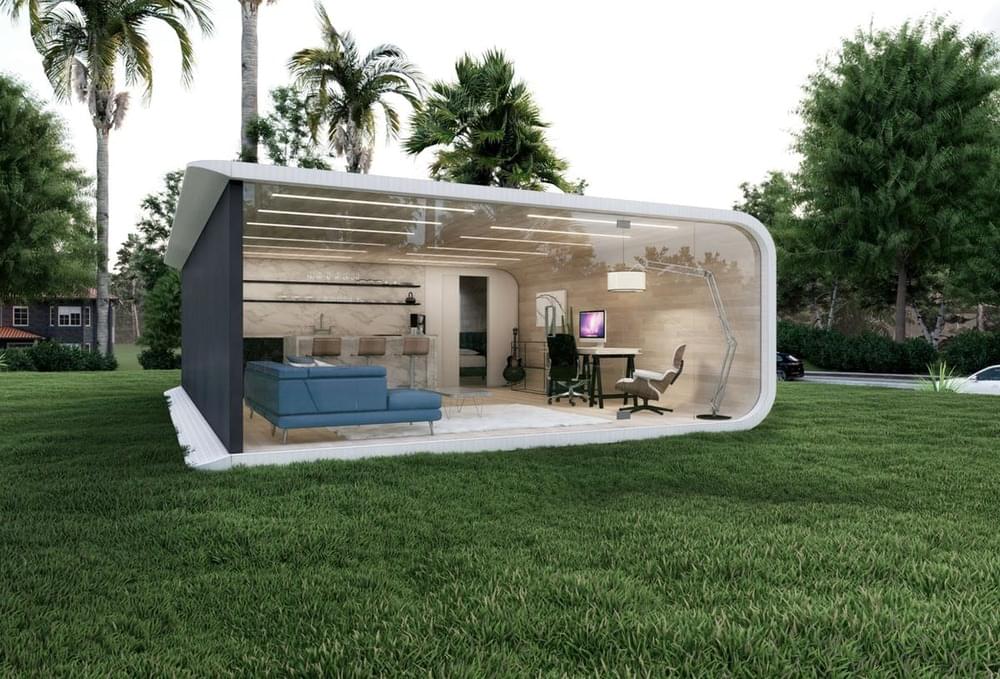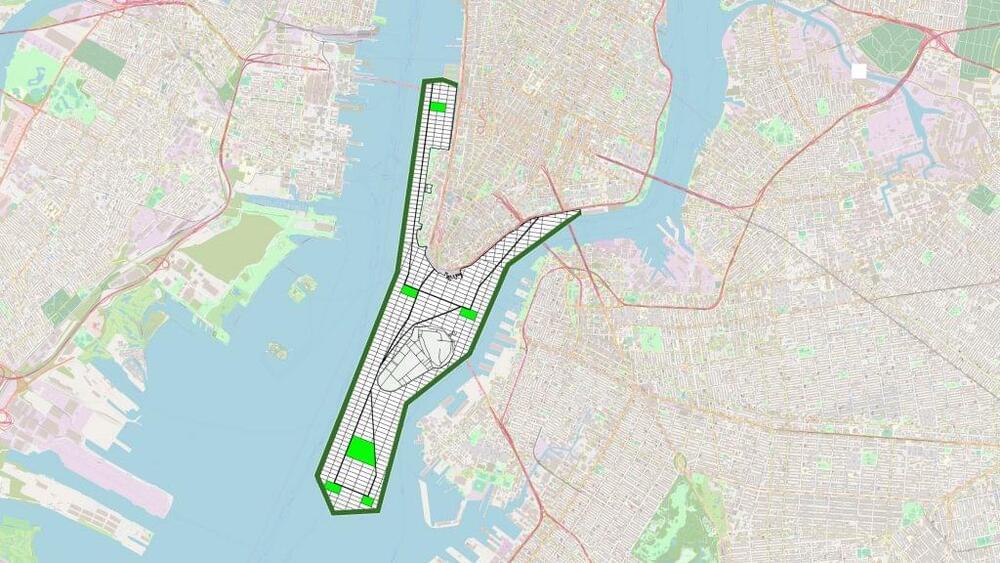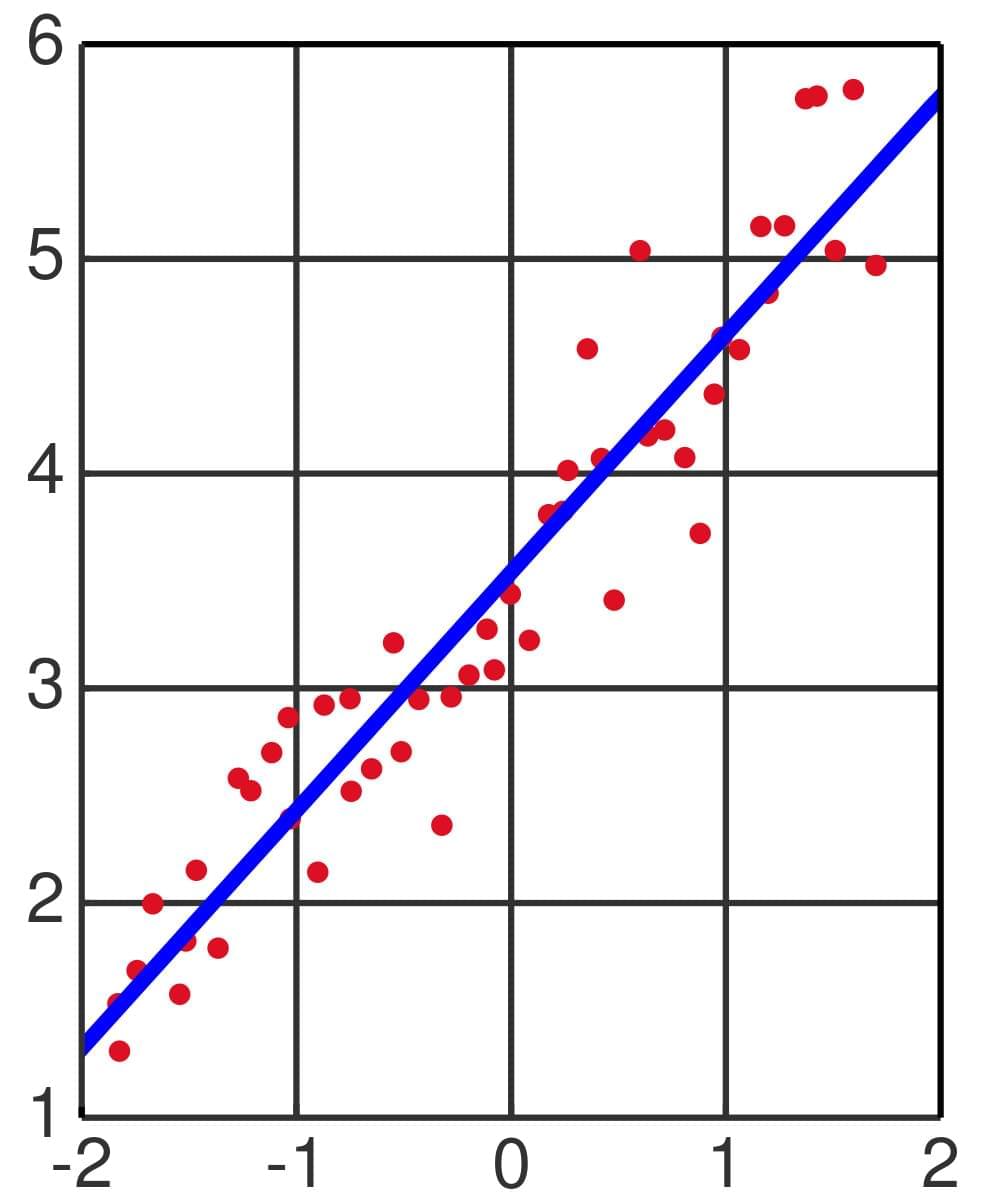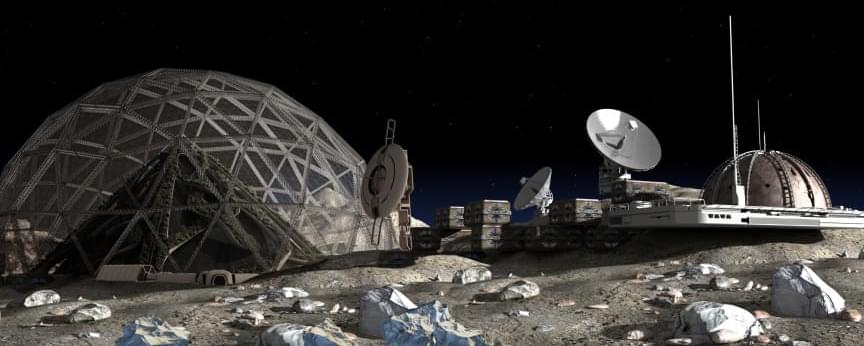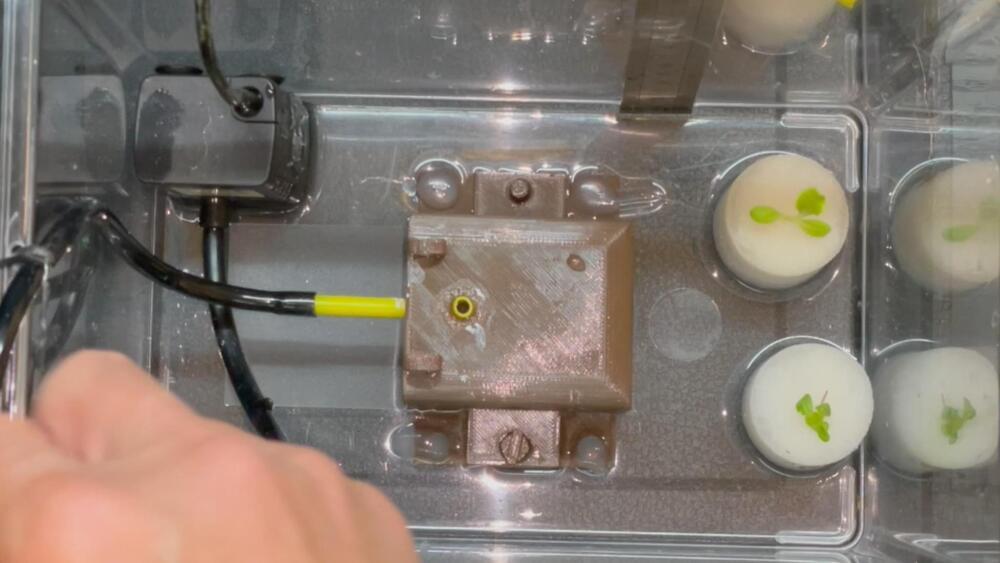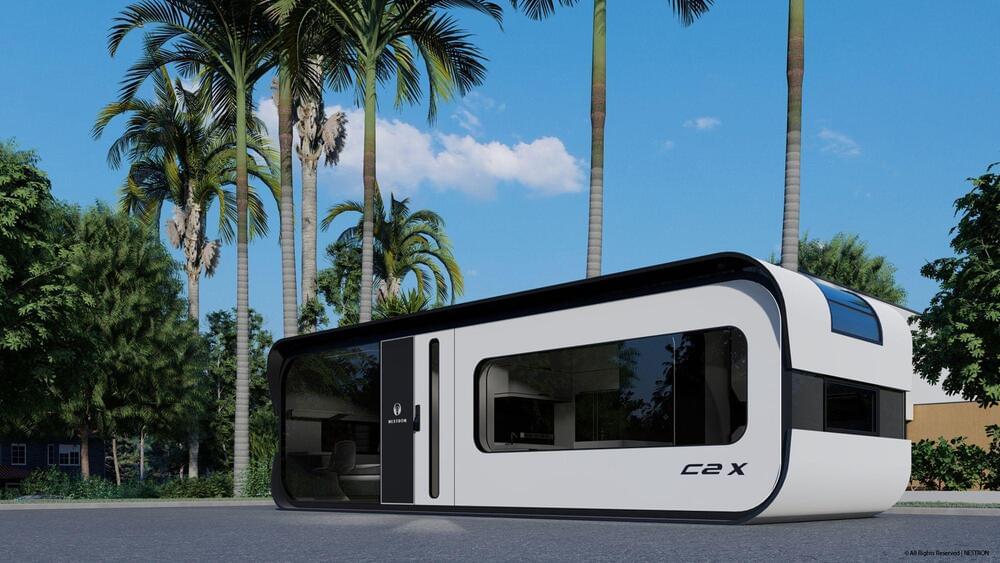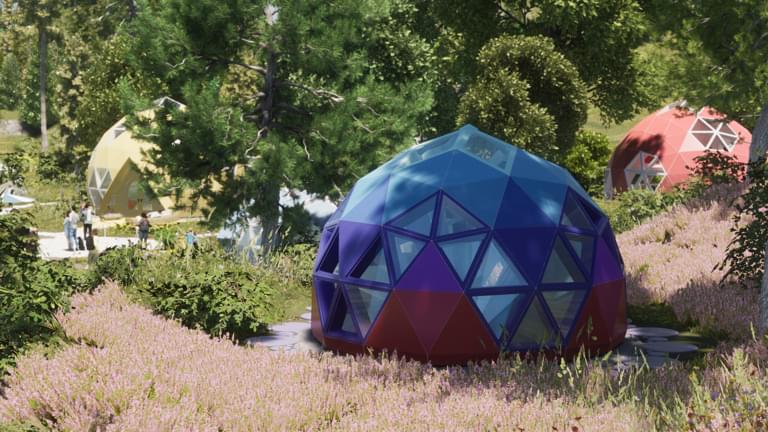Feb 27, 2022
‘First community of 3D printed, recycled plastic homes’ to be built in California
Posted by Shubham Ghosh Roy in categories: 3D printing, habitats
California-based Azure Printed Homes has announced intentions to construct 14 prefabricated 3D printed homes using recycled plastic. The homes will form part of a new housing development in Ridgecrest, California, led by Oasis Development.
The project will build on Azure’s existing production of backyard studios and ADUs, which it produces from its factory in Culver City, CA. The company claims that 3D printing their ADUs and studios from recycled plastic allows them to build the units 70% faster and with 30% fewer costs than traditional home construction methods.
